What is Migration Skill Assessment?
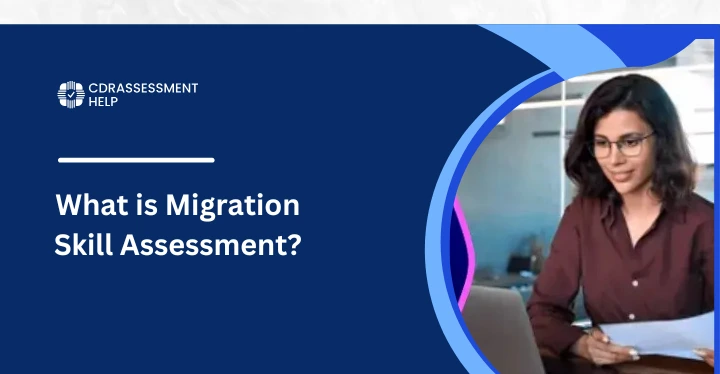
What is Migration Skill Assessment?
Perfect working professionals choose Australia as their destination to seek out better career prospects. All professional engineers and migration experts need to perform a Migration Skill Assessment (MSA) for Australian entry. The evaluation is essential because it verifies that your abilities qualifications and work background match Australian standards.
This thorough guide explains all essential information about migration skill assessment, including its objectives alongside the protocol, demands, expenses, and processing times, as well as methods for application success.
What is a Migration Skill Assessment (MSA)?
The Migration Skill Assessment (MSA) is an essential procedure for skilled workers applying for Australian immigration through the General Skilled Migration (GSM) programme.
Parents need to prove their educational background together with job experience and professional abilities equal to Australian marketplace requirements. Designated assessing authorities conduct the Migration Skill Assessment for each particular occupation.
These authorities validate your skills against the employment requirements for working in Australia as a professional in your selected field. A successful skills assessment will give you a positive outcome that you need to fulfil skilled visa requirements, including Subclass 189, 190, and 491.
Why is the MSA booklet important?
An engineer seeking migration to Australia requires the MSA Booklet as their primary document. The Migration Skill Assessment stands as a core requirement that engineers need to fulfil before entering the General Skilled Migration (GSM) programme to obtain their permanent residence visa.
Engineers Australia operates as the assessor of engineer qualifications under GSM, while the MSA Booklet lets applicants present their qualifications and skills appropriately against Australian professional standards.
Engineering professionals must obtain a successful assessment from Engineers Australia before they can proceed to file their visa application through an Expression of Interest form.
Through its system, the MSA Booklet enables applicants to:
- Understand the documentation required.
- The applicants must organise their applications by following specific guidelines from EA.
- The skills assessment process remains free of delays along conceptual problems because of this document.
- Candidates need to make sure their qualifications, together with their work experience, match Australian standards.
Steps in the Migration Skill Assessment Process
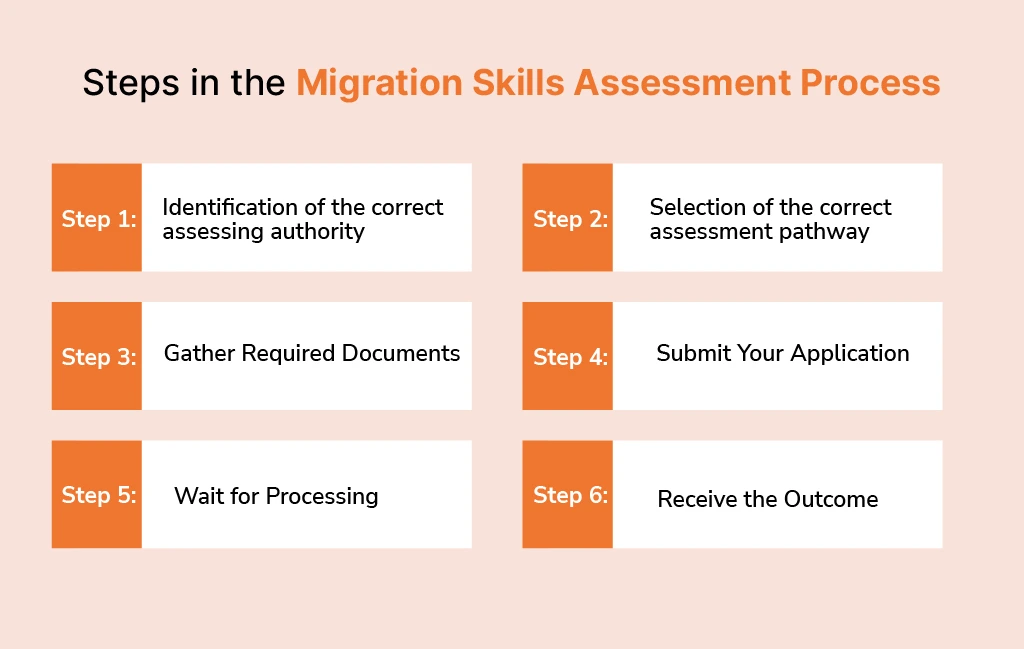
Step 1: Identification of the correct assessing authority
Start by checking the Skilled Occupation List (SOL) because it decides which authority will review your professional assessment.
Step 2: Selection of the correct assessment pathway
The different authorities provide various pathways that match qualifications or professional experience.
For example, Engineers Australia offers:
- The Competency Demonstration Report (CDR) Pathway serves as an assessment method for candidates holding no accredited degrees.
- The Washington, Sydney, and Dublin Accords serve applicants who completed their education at approved universities.
Step 3: Gather Required Documents
You must provide a set of necessary documents when going through most assessing authorities.
- Educational qualifications
- Work experience proofs
- Proof of English proficiency
- Professional CV/Resume
- Identification documents
- CDR Report
Step 4: Submit Your Application
- Sign up at the official webpage of the assessing authority responsible for your application.
- Upload the required documents.
- Pay the assessment fee.
Step 5: Wait for Processing
Processing times vary:
- Engineers Australia: 6-12 weeks
- ACS: 8-10 weeks
- VETASSESS: 10-12 weeks
Step 6: Receive the Outcome
The processing department will deliver an assessment outcome letter to you. Proceeding with a visa application requires a positive assessment outcome. The assessors will require additional documents or allow you to appeal your case if they deny your application.
Who Should Use the MSA Booklet?
Engineers who wish to obtain skills assessments from Engineers Australia through their MSA booklet can come from different engineering specialties.
The MSA Booklet enables professionals working in multiple engineering disciplines to seek skills assessment from Engineers Australia, among others.
- Mechanical Engineering
- Civil Engineering
- Electrical Engineering
- Environmental Engineering
- Software Engineering
- Mining Engineering
- Chemical Engineering
- Aerospace Engineering
For applicants in these specialised engineering fields, it is essential to demonstrate Australian-standard compatibility of their educational backgrounds combined with employment experience and professional skills and the MSA Booklet helps them organise this evaluation.
Tips for a Successful MSA Application
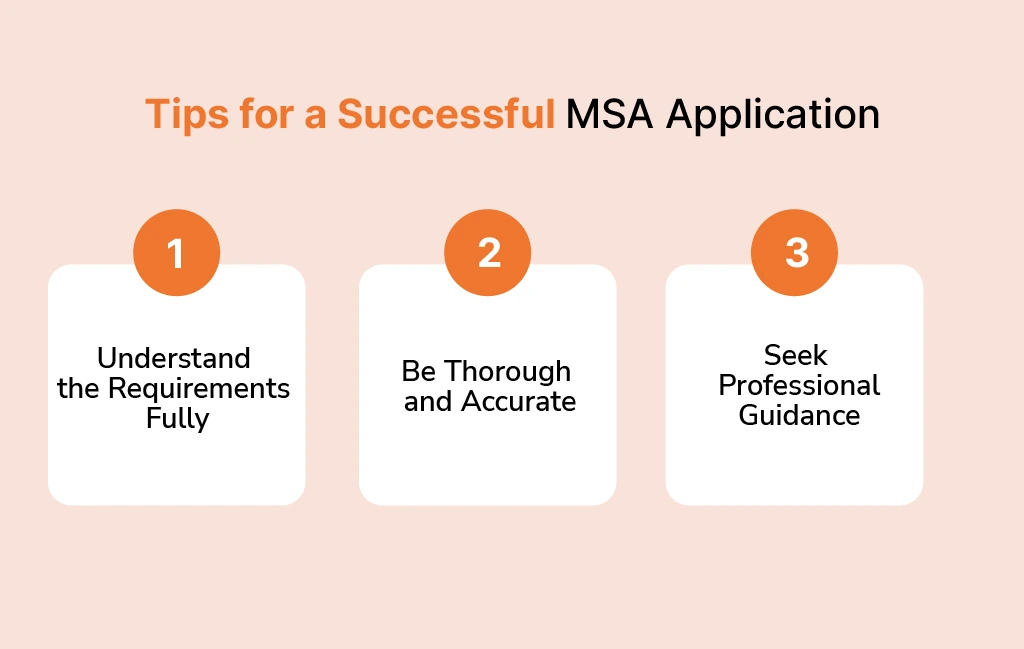
1. Understand the Requirements Fully
Your first step to preparing an application must start with a detailed examination of the MSA booklet. Carefully review all requirements related to eligibility, then collect every required document. Your Competency Demonstration Report (CDR) needs to match the competency criteria Engineers Australia defines.
2. Be Thorough and Accurate
Accuracy is key. All documents require certification followed by proper translation services and a detailed explanation of engineering projects should appear in career episodes. The quality assessment conducted by Engineers Australia will be improved by providing well-organised documentation with clear information.
3. Seek Professional Guidance
Consult with either a professional migration agent or an experienced engineer who has processed such applications when you need guidance or help with your CDR application. Working with such professionals enables you to minimise time spent while preventing standard errors from occurring.
Common Challenges in Skills Assessment
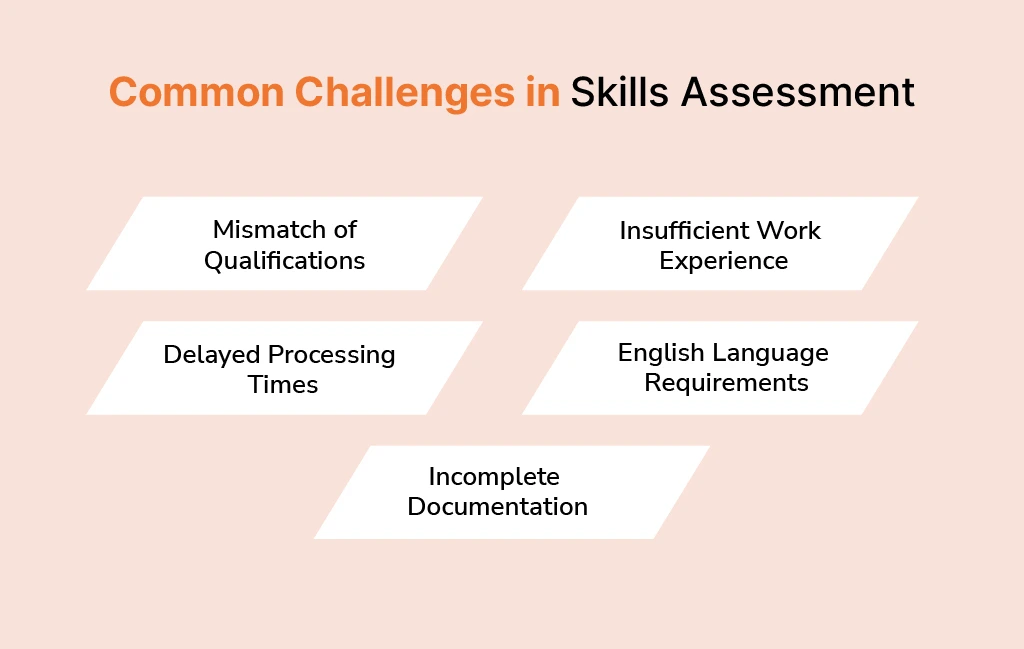
1. Mismatch of Qualifications
Foreign credentials from specific nations often need extra evaluations or education certifications before they become acceptable in local employment standards.
2. Insufficient Work Experience
All job references from employment should include work descriptions that match precisely with the required skill requirements.
3. Delayed Processing Times
The evaluation process performed by assessment authorities extends beyond scheduled timelines to negatively affect visa processing times. Any job seeker should utilise early application methods while monitoring the assessment process.
4. English Language Requirements
Testing institutions compel foreign students to present certification of their English abilities through IELTS or PTE exams. The lack of sufficient English language proficiency will result in the rejection of processing assessments.
5. Incomplete Documentation
The failure to properly verify or complete essential documentation will cause applications to automatically fail during review. Always double-check requirements before submission.
Key objectives of the MSA Process
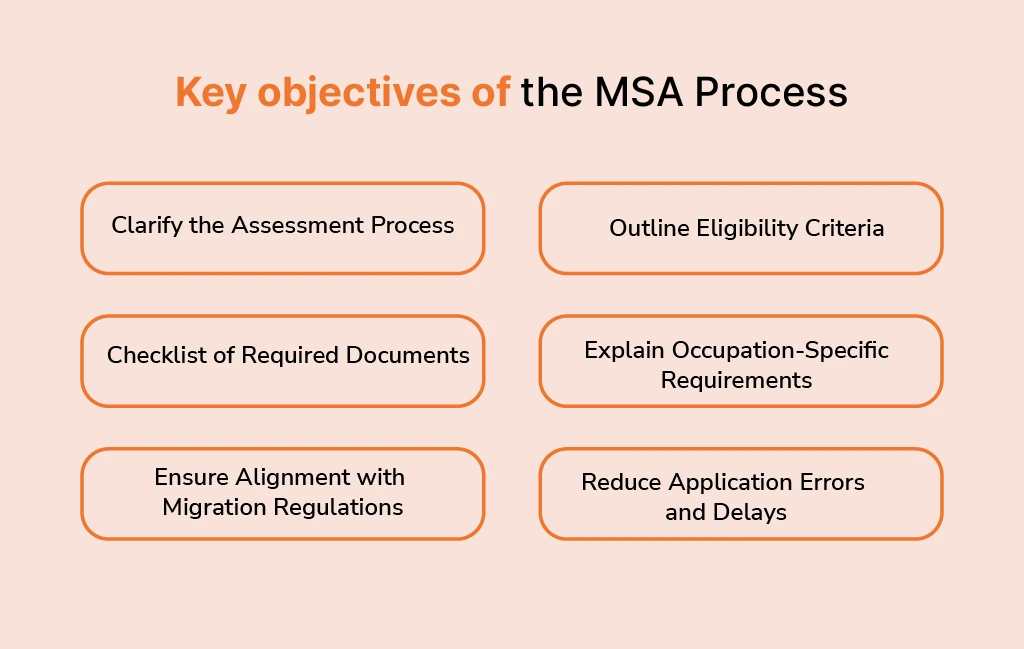
1. Clarify the Assessment Process
The MSA booklet explains all assessment procedure phases so applicants comprehend meaningful ways to handle their applications effectively. The MSA booklet contains complete step-by-step guidelines that help applicants avoid mistakes during assessment.
2. Outline Eligibility Criteria
The booklet specifies what educational backgrounds, along with practical experience together with English proficiency standards, are necessary to pass the assessment. The requirements allow candidates to determine their fitness for their professional target occupation.
3. Checklist of Required Documents
The booklet presents every needed document for application submission, including academic certificates combined with employment references and identity proofs alongside English language test results. The application process becomes more efficient because all necessary documents are included, which avoids delays due to missing information.
4. Explain Occupation-Specific Requirements
The assessment process for each occupation follows specific requirements, which determine its evaluation methods. The MSA booklet provides explicit details about specific assessment criteria that include competency demonstration reports (CDRs) for engineers as well as practical assessments for tradespeople.
5. Ensure Alignment with Migration Regulations
The booklet helps migrants match their assessment procedures to the core specifications of migration programmes in target countries, such as the General Skilled Migration (GSM) programme in Australia.
6. Reduce Application Errors and Delays
The booklet offers guidance through clear instructions together with examples and avoidance of common mistakes, which enables applicants to make error-free submissions, helping speed up processing time.
What are the required documents for the MSA booklet?
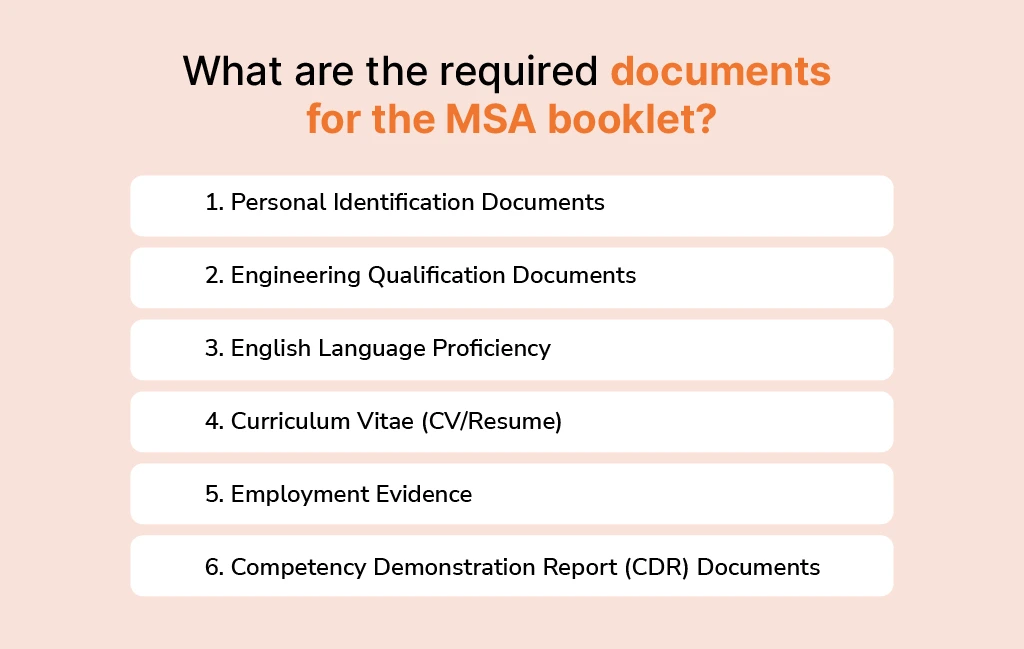
1. Personal Identification Documents
Identity verification stands as the initial requirement for everybody who seeks to engage with Google Workspace. You’ll need:
A clear image of your passport bio page, which includes your information along with your photo, requires submission.
Official proof of name changes must be presented through a Name Change Document in case your name has been modified through marriage or other causes.
2. Engineering Qualification Documents
The verification process for educational qualifications demands the submission of the following documents.
Your engineering degree documents need to include a scanned copy of your certificate, whether you earned a bachelor’s, Master’s or PhD degree.
An academic transcript serves as an extensive document that shows enrolled classes together with awarded grades.
The newly graduated engineer must show their course syllabus to EA when requested.
3. English Language Proficiency
Submission of proof of English proficiency is mandatory for membership consideration by Engineers Australia. Acceptable tests include:
- IELTS (Minimum score: 6.0 in each band)
- TOEFL iBT
- PTE Academic
- Cambridge C1 Advanced
All test results must be validated within three years.
4. Curriculum Vitae (CV/Resume)
Develop an exhaustive CV that presents the following information:
- Educational background
- Work experience
- Key responsibilities and projects
- Certifications and training
The recommended structure for the application remains the EA format.
5. Employment Evidence
The submission criteria for Competency Demonstration Reports (CDR) based on work experience demands:
Professional references need to be obtained through employer documentation, which presents job responsibilities combined with the period of employment.
Your employment verification needs the presentation of salary slips/payslip documentation.
You should provide the scanned version of your employment contract.
6. Competency Demonstration Report (CDR) Documents
When you choose the CDR application route, you need to add these materials:
The assessment includes three career episodes, which contain thorough documentation about engineering projects you have completed.
The Summary Statement serves as a connecting document through which your career episodes relate directly to Engineers Australia’s competency elements.
The CPD Statement includes a compilation of workshops along with seminars and courses you attended to boost your competencies.
Conclusion
The MSA booklet gives people power through its educational design of the application process. The MSA booklet converts an abstract bureaucratic process into a transparent action plan. Well-defined directions, illustrations, and functional recommendations transform this booklet into a crucial guide that teaches applicants how to handle every stage systematically.
The booklet contains step-by-step instructions that help candidates prevent typical mistakes such as missing documents and deadlines in their application process. A high level of preparatory work leads to decreased stress while using fewer resources and preventing both additional applications and waiting times.
Applicants should recognise the Migration Skill Assessment booklet as an essential partner that guides their migration process. Skilled workers can pursue their goal of creating a brighter future in a foreign country through the benefits that this booklet provides.
MSA provides essential tools that enable applicants to reach their dreams by achieving both migration success and smooth professional and community integration.
FAQs
1. How long does migration skill assessment take?
It generally takes 8 to 12 weeks after receiving all the required documents.
2. How do you pass a skill assessment test?
To pass a skill assessment test, the following things should be considered:
- Choose the Right Authority
- Meet the Requirements
- Prepare Documents
- Prove Work Experience
- Meet English Requirements
- Complete Reports (if required)
- Submit Correctly
3. Can I submit an EOI without a skills assessment?
You cannot submit an EOI without a skill assessment because most skilled visas require a positive skill assessment before submitting an EOI.
4. What if the skill assessment is rejected?
You can request a review, identify the issues, or reapply with positive evidence, and you can also seek professional guidance.
5. Is skill assessment difficult?
The difficulties depend upon your experience, qualifications, and how well you meet the requirements.
6. What is the next step after skill assessment in Australia?
The next steps after a skill assessment in Australia are as follows:
- Submit an EOI
- Wait for an invitation to apply
- Lodge your visa application with the required documents.
- Complete health & police checks.
- Get your visa decision and move to Australia
